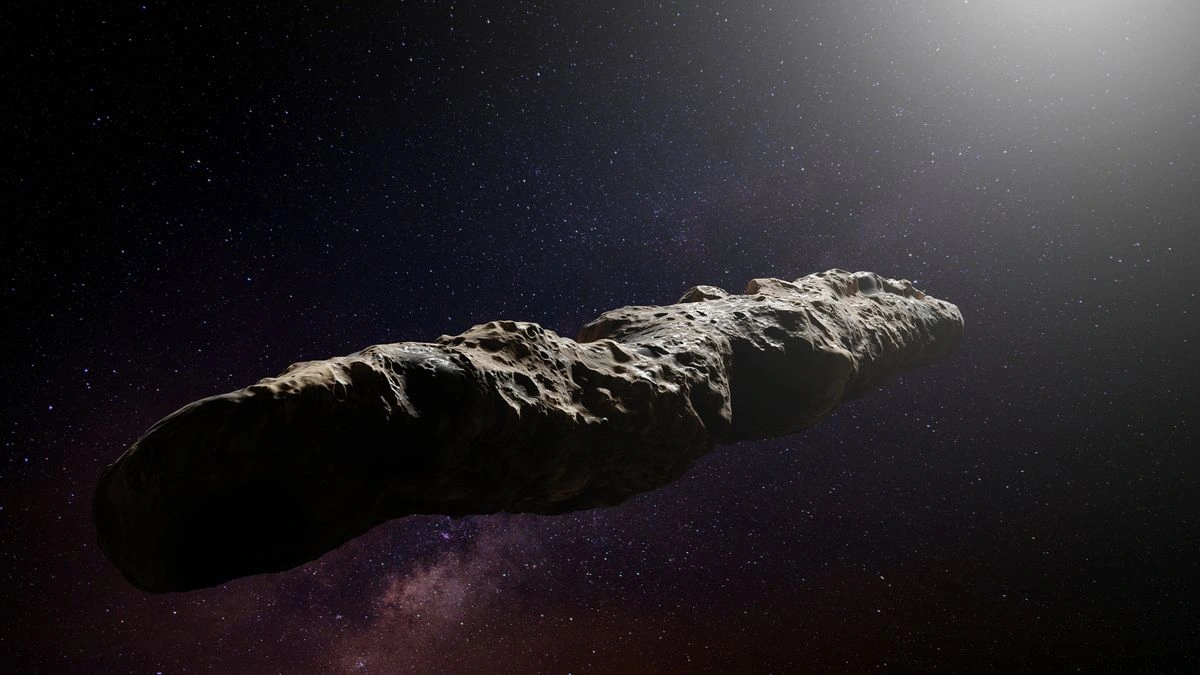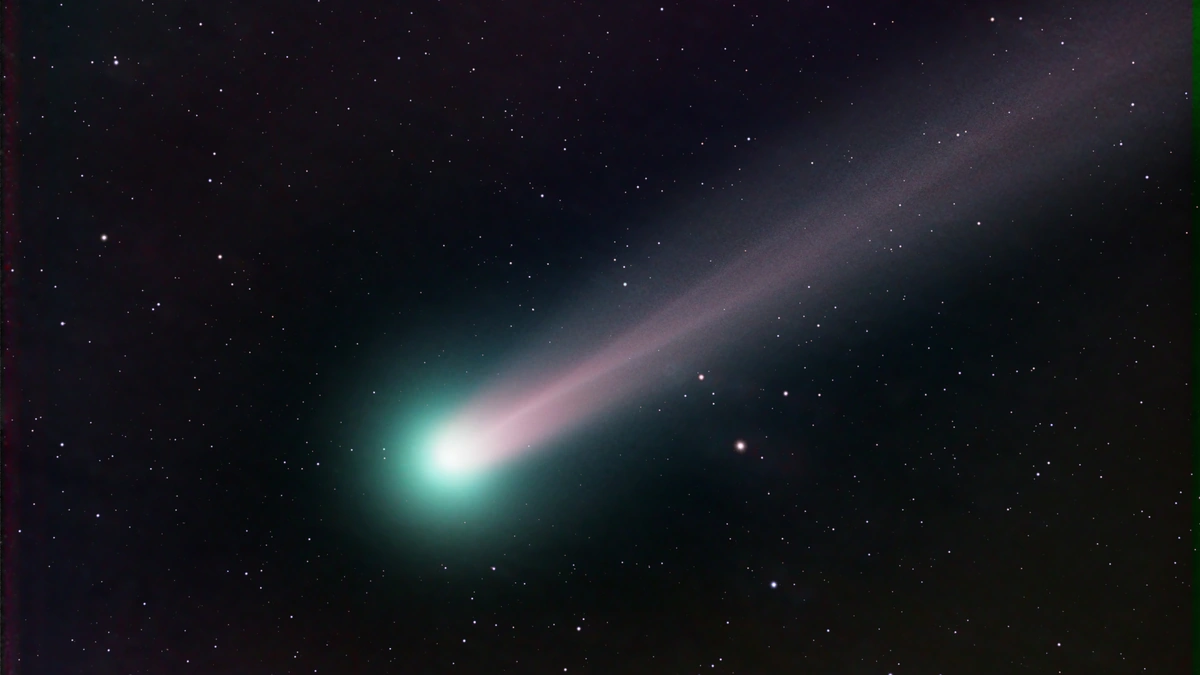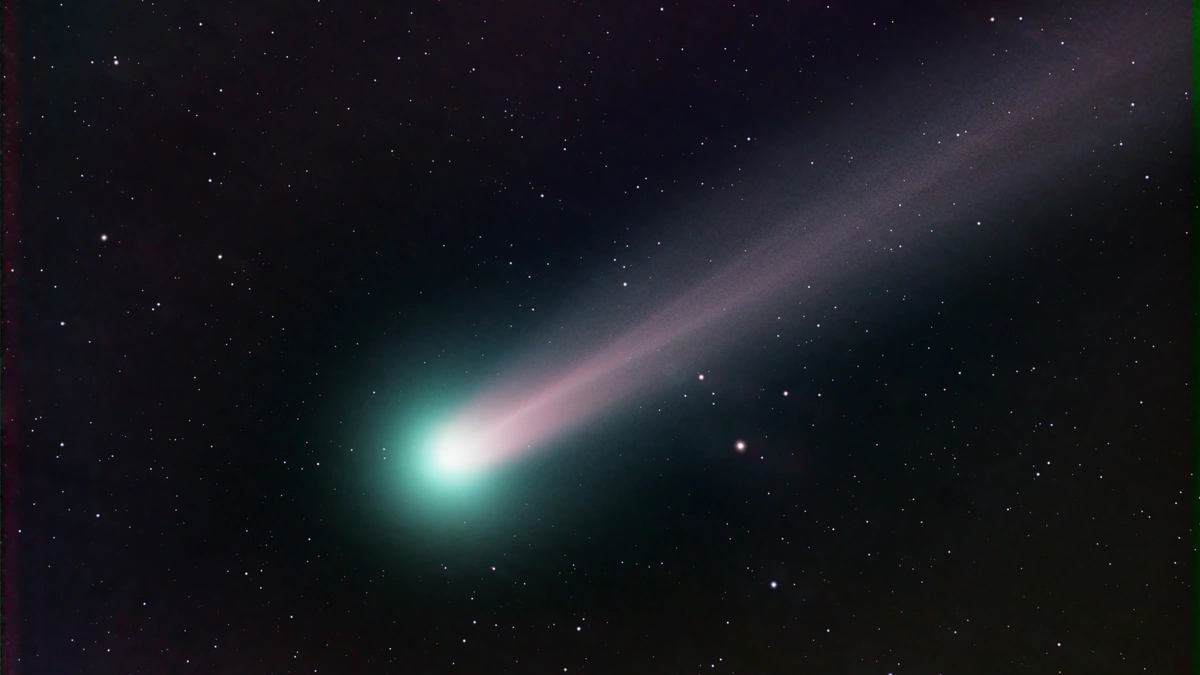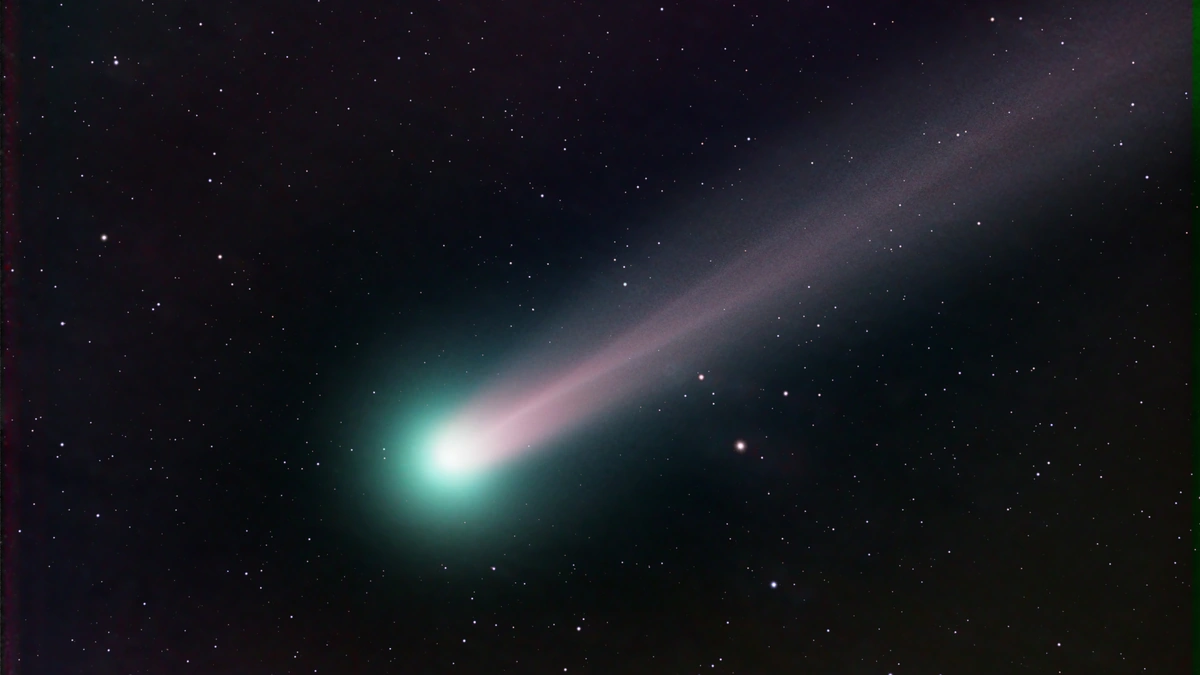3I/ATLAS: Alien Probe? Interstellar Object Approaches Sun, Possibly Exposing Origin
Alright, let’s be real. When you hear ” interstellar object approaching the Sun,” your brain probably jumps straight to aliens, right? I know mine did. But before we grab our tinfoil hats, let’s dive into what’s actually happening with this fascinating celestial visitor, dubbed 3I/ATLAS. It’s not just some random space rock; it’s potentially a time capsule from another star system, and its close encounter with our Sun could reveal secrets about its origin. The ‘why’ behind this is what really grabbed my attention: understanding where it comes from and what it’s made of can tell us a ton about how other solar systems form, potentially reshaping our entire understanding of the universe. This whole thing is genuinely mind-blowing!
What Exactly IS 3I/ATLAS?
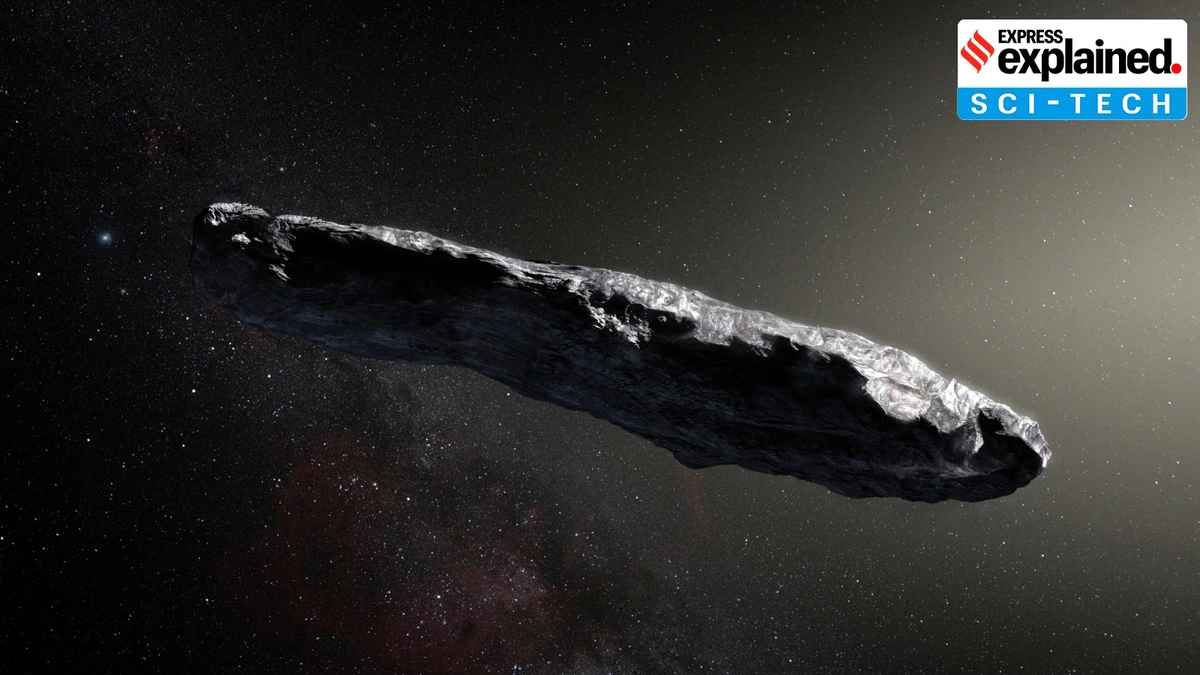
First things first, what is this thing? 3I/ATLAS is what astronomers call an interstellar object . This means it originated from outside our solar system. It’s not an asteroid or a comet that formed around our Sun; it’s a traveler from afar. This makes it incredibly valuable for scientists. Think of it like finding a message in a bottle that’s drifted across the ocean – it could contain clues about a distant land. What fascinates me is how rarely these things are spotted. They’re probably zipping around all the time, but catching one? That’s the real challenge!
The ‘3I’ part of its name indicates that it’s the third interstellar object ever discovered. The “I” is for interstellar, of course. The ‘/ATLAS’ refers to the telescope system that spotted it – the Asteroid Terrestrial-impact Last Alert System (ATLAS). So, yeah, it sounds like something out of a sci-fi movie, but it’s very real. This is where the expertise comes in. As per the Minor Planet Center, confirming an object’s interstellar nature requires careful orbital analysis. It’s not just a hunch; it’s based on solid data.
Why This Matters to Us (Even in India!)
Okay, I get it. An interstellar visitor seems distant and abstract. But here’s the thing: understanding the composition of 3I/ATLAS can provide crucial insights into the building blocks of planetary systems everywhere, including, potentially, systems that could harbor life. The study of celestial objects is crucial for understanding the universe.
Think about it. If we can analyze the materials that make up 3I/ATLAS, we can learn more about the conditions in its home solar system. Was it rich in water? Did it have the organic molecules necessary for life? These are big questions! And the answers could help us understand how common life might be in the universe. For us in India, this means contributing to a global effort to understand our place in the cosmos. Indian astronomers and researchers are actively involved in analyzing data from telescopes around the world, playing a vital role in unraveling these cosmic mysteries.
Plus, let’s be honest, the sheer audacity of something travelling from another star system to visit our little corner of the galaxy is just plain cool. What fascinates me is the sheer scale of it all. We’re talking about distances so vast they’re almost incomprehensible. And yet, here’s this tiny speck of rock and ice, making its way across the void.
Could It Be an Alien Probe? (Let’s Address the Elephant in the Room)
Alright, I had to address this. The title mentions a potential “alien probe”. While the overwhelming scientific consensus is that 3I/ATLAS is a natural interstellar object , it’s impossible to completely rule out the possibility – however remote – that it could be something artificial. Let me rephrase that for clarity: Occam’s Razor suggests a natural origin, but the human mind is wired to consider every conceivable scenario.
The reason this idea pops up is because, well, space is vast, and we don’t know what’s out there. The idea that an interstellar probe could be out there is fascinating. But, as I mentioned, there’s no solid evidence to support it. Scientists analyze the object’s trajectory, composition, and behavior to determine its origin. So far, everything points to a natural origin. But hey, a little bit of healthy skepticism never hurt anyone, right?
What’s important is to stay informed and rely on credible sources. Don’t fall for clickbait headlines and wild speculation. Look for information from reputable scientific organizations and researchers. And remember, extraordinary claims require extraordinary evidence.
What Happens Next? Observing the Interstellar Visitor
So, what’s the next step? Astronomers around the world are using telescopes to observe 3I/ATLAS as it gets closer to the Sun. They’re analyzing its composition, measuring its speed, and studying its trajectory. The closer it gets to the Sun, the more information we can gather. This is where experience matters. A common mistake I see people make is assuming that all telescopes are created equal. Some are better suited for certain types of observations than others. Radio telescopes, for example, can detect signals that optical telescopes can’t.
As per NASA, these observations will help us understand where it came from and what it’s made of. The hope is that it will give us a glimpse into the conditions in another star system. This is a unique opportunity to learn more about the universe and our place in it. And who knows? Maybe, just maybe, we’ll discover something completely unexpected.
Here’s the thing: even if 3I/ATLAS turns out to be just another space rock, its close encounter with our Sun is still a remarkable event. It’s a reminder that we live in a dynamic universe, full of surprises and wonders. It is crucial to consider other cosmic events for a better comparison.
FAQ About 3I/ATLAS and Interstellar Objects
What exactly is an interstellar object?
It’s a space rock (asteroid or comet) that originated from outside our solar system.
How often do these things visit our solar system?
Probably more often than we think, but they’re hard to spot.
Could 3I/ATLAS really be an alien probe?
Highly unlikely, but scientifically difficult to disprove entirely.
How can I follow the progress of 3I/ATLAS’s journey?
Check reputable science news websites and astronomy blogs.
What are the different types of celestial bodies being studied in space?
Asteroids, comets, planets, moons and interstellar objects are just a few.
Where can I get more information on interstellar travel?
NASA’s website offers a wealth of information on space exploration.
The ultimate point? 3I/ATLAS isn’t just a blip on a telescope screen; it’s a messenger from the cosmos. Its journey through our solar system offers a rare opportunity to expand our understanding of the universe and our place within it. And that, my friends, is something truly worth getting excited about. Maybe, just maybe, it will challenge everything we think we know.
